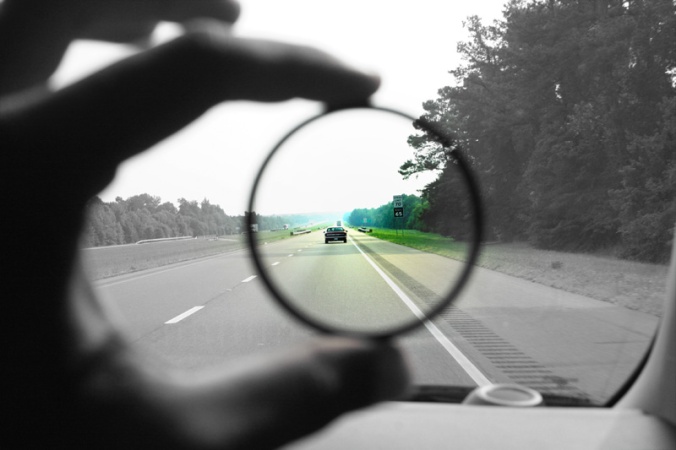
This post is still on the topic of seeing the world as it is.
Previous posts:
We discussed that the first step towards seeing the reality as it is, is to acknowledge that it’s all perception. Things in themselves don’t have inherent value independently. We assign value and meaning to the external world.
In Buddhism there’s this concept called ’emptiness’, and that the correct understanding of emptiness will lead towards Buddha-realization. When we forgot that it’s all perception, when we don’t understand that things are empty of inherent existence, we think things as fully solidly exist on their own, independent and regardless of anything other than themselves.
Here’s an example.
Let’s say you would like to buy wrist watch. You go to an online shop and browse for watches. At the beginning they all look the same – most have round face, some are square, most have numbers on them, some have two hands to show hours and minutes, some have more than two hands, some are digital, some display dates on it, some are water resistant up to certain depth, some are made of metal, leather, plastic, fancy strong lightweight materials, etc.
As you start to look more, depending on your existing idea of a wrist watch, you’ll start to have preference towards a particular watch. You like the shape, the material, the color, the price, and also the brand. Maybe you like the person on that particular watch advertisement (sporty? strong? glamorous? masculine? feminine?). Maybe you like the values conveyed by this brand (lasts for generations? elegance? tough? independent?) The other watches recede to the background and this particular watch starts to dominate. Oh and there’s a special offer for a limited time too! You decided to purchase that watch. Even before the watch is physically in your hand, it has become YOUR watch.
When the watch finally arrived, you feel happy. “What a beautiful watch” you think. You put the watch on and admire it on your wrist. Maybe you look at yourself in the mirror too. You think how nice the watch is, how good the brand of the watch is, and so on and so forth.You think this watch enhance your being. Someone saw your new watch and want to try it on, and you say “Be careful of MY new watch”.
The next day, as you are browsing, you happen to saw an ad for another online watch shop, featuring similar watch with the one you purchased. You followed the link and found out that the one you purchased is slightly outdated, there’s a newer and more sophisticated model out, and the current market price for the type of watch you bought is actually lower than what you’ve paid.
How would you feel?
Take a moment here to really think how would you feel. And maybe recall a similar experience.
If things have inherent value on their own, the ‘quality’ of the thing doesn’t change. If the watch has independent quality on its own, it will stay in that quality, regardless of who view the watch and when the watch is viewed. But in reality, like the above scenario, the one same watch can be a source of happiness but also a source of disappointment for a person. Someone else may have a totally different experience of that same watch.
That’s because it’s all in our mind. It’s all in our perception. We project ‘qualities’ to the watch. Beautiful, good value watch. Overpriced, outdated watch. It’s all in our own mind. It is us that assign quality and meaning to the watch. And this projection makes us like-dislike, attracted-repulsed, clinging-reject, raga-dvesha. The watch itself is just a watch.
How to keep remembering that it’s all in our mind, that it’s all perception? On next post.
Picture: Sunrise over the Ganges, Rishikesh, February 2015







